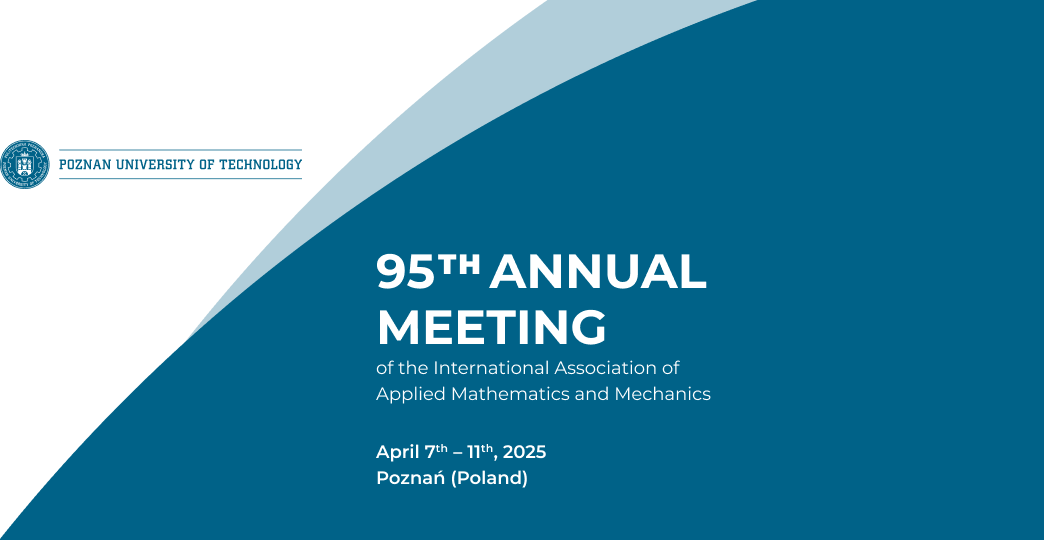Speaker
Description
In turbulent reactive flows, the chemical reactions occur at scales that are even smaller than the smallest turbulence scales. As a result, the highly non-linear chemical reaction source terms appear to be in unclosed (averaged or filtered) form and must be modeled in a similar fashion in both RANS and LES approaches. The probability density function (PDF) method offers a distinct advantage of being able to treat non-linear chemical reactions without any assumptions or approximations–a capability not possible by any other approach. In this study, the LES/PDF methodology and OpenFOAM-based numerical solution algorithm are presented. A hybrid solution method is used to solve the filtered mass and momentum equations (LES solver) while a Lagrangian particle-based Monte Carlo algorithm (PDF solver) is used to solve the transport equation of the modeled filtered joint PDF of compositions. Both LES and PDF solvers are developed entirely within the OpenFOAM framework and are designed to simulate turbulent reacting flows in complex geometries of practical combustion devices. The combustion chemistry is treated using the ISAT method and differential diffusion is partially taken into account. Sample simulation results are presented to show the performance of the LES/PDF methodology and numerical solution algorithm. The method is first applied to the non-swirling Cambridge/Sandia turbulent stratified flames including the premixed (SwB1), moderately stratified (SwB5) and highly stratified (and SwB9) cases. The methane chemistry is represented by the 16-species reduced ARM1 mechanism. The results are found to be in good agreement with the experimental data. The method is then applied to the swirling cases in various stratification conditions. The results are found to be in good agreement with the experimental data demonstrating the superior performance of the LES/PDF methodology.

